Elefsis Caryad Daisy necklace in rhodium-plated 925 sterling silver
€96.77
1 in stock (can be backordered)
Description
Caryatids are mainly known from the Erechtheion Temple in the Acropolis and they are similar to the Ionian-style temples.
The name Caryatids is a subsequent one. The original name is Kores (Daughters). One of the six Acropolis Kores was stolen by Lord Elgin in 1801 during the looting of the Acropolis. Since then, it has been exhibited in the British Museum.
The Erechtheion however was not the only building where Caryatids existed. The oldest known example in Greek architecture is The Sifnion Treasure in the Delfi sanctuary (525 B.C.), while the latest is The Small Propylaia of Demetras’ sanctuary in Elefsis (48 B.C.) The first Caryatid is the most important exhibit in the Elefsis museum, while the second one was stolen by the traveler Edward Clark at the same time as the Acropolis looting. It is prominently exhibited in the Fitzwilliam Museum in Cambridge.
The Cista Daughter, as the Elefsis Caryad is widely known, bears in her head the cista, a cylindrical box that was used to store food during the sacramental cults, similar to the Elefsinion ones, and it was carried by the Cistophores.
On the occasion of the declaration of Elefsis as The European Cultural Capital for 2023 and the timeless Greek request for the return of all the stolen antiquities to Greece, the jewelry house Makriadis has created the 2023 charm inspired by the Cistoforos Kori.
- Material: Sterling Silver 925 – Rhodium-plated
- Diameter: 16.5mm
- Silver Weight: 3.94gr
- Length: 40cm with 3cm extension
Additional information
| Metal | Sterling Silver |
|---|---|
| Color | |
| Style | Minimal Necklaces, Pendants |
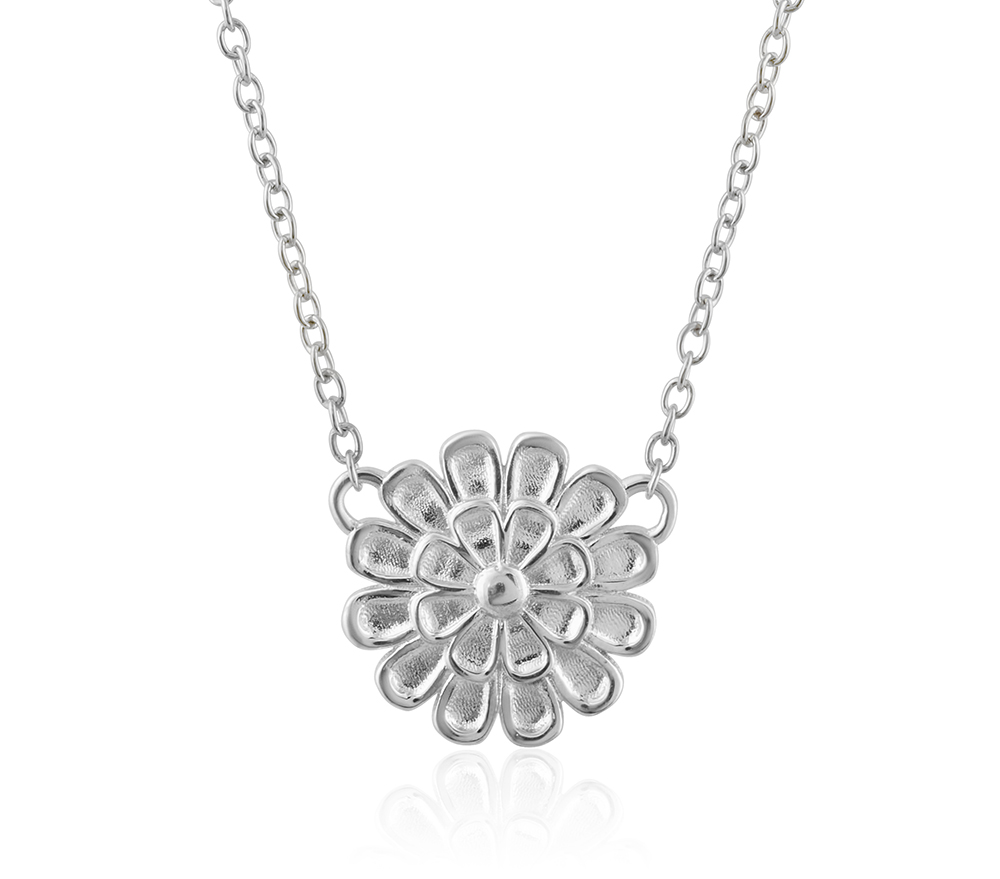

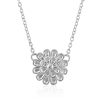
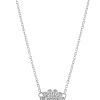
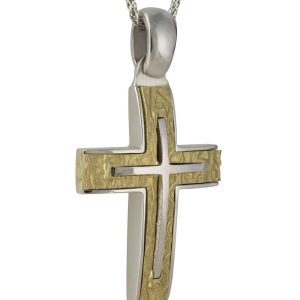
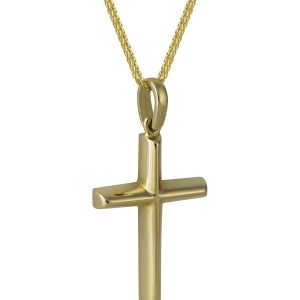
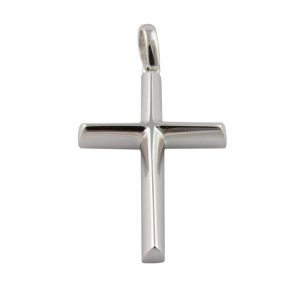
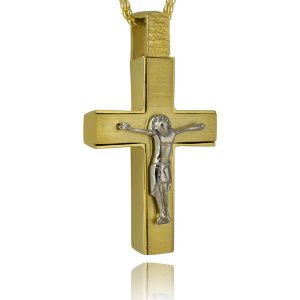
Reviews
There are no reviews yet.